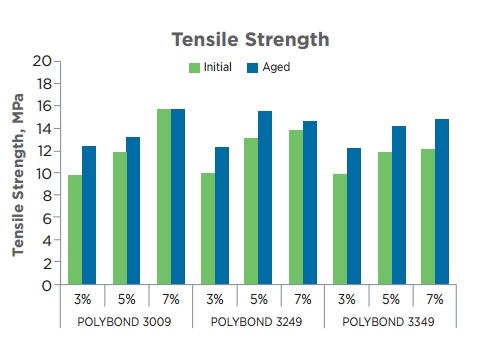THE NEW POLYBOND™ 3349
Select Your Region
New to ChemPoint?
Place an order online, track your orders, download SDS and TDS, and see your quotes, all in one secure place.
Ready to Start?
If you are already a ChemPoint customer then sign up for access to our online ordering website.
Sign-In?
With an account you can check out faster, view your online order history and access your shopping bag or saved items from any device.







